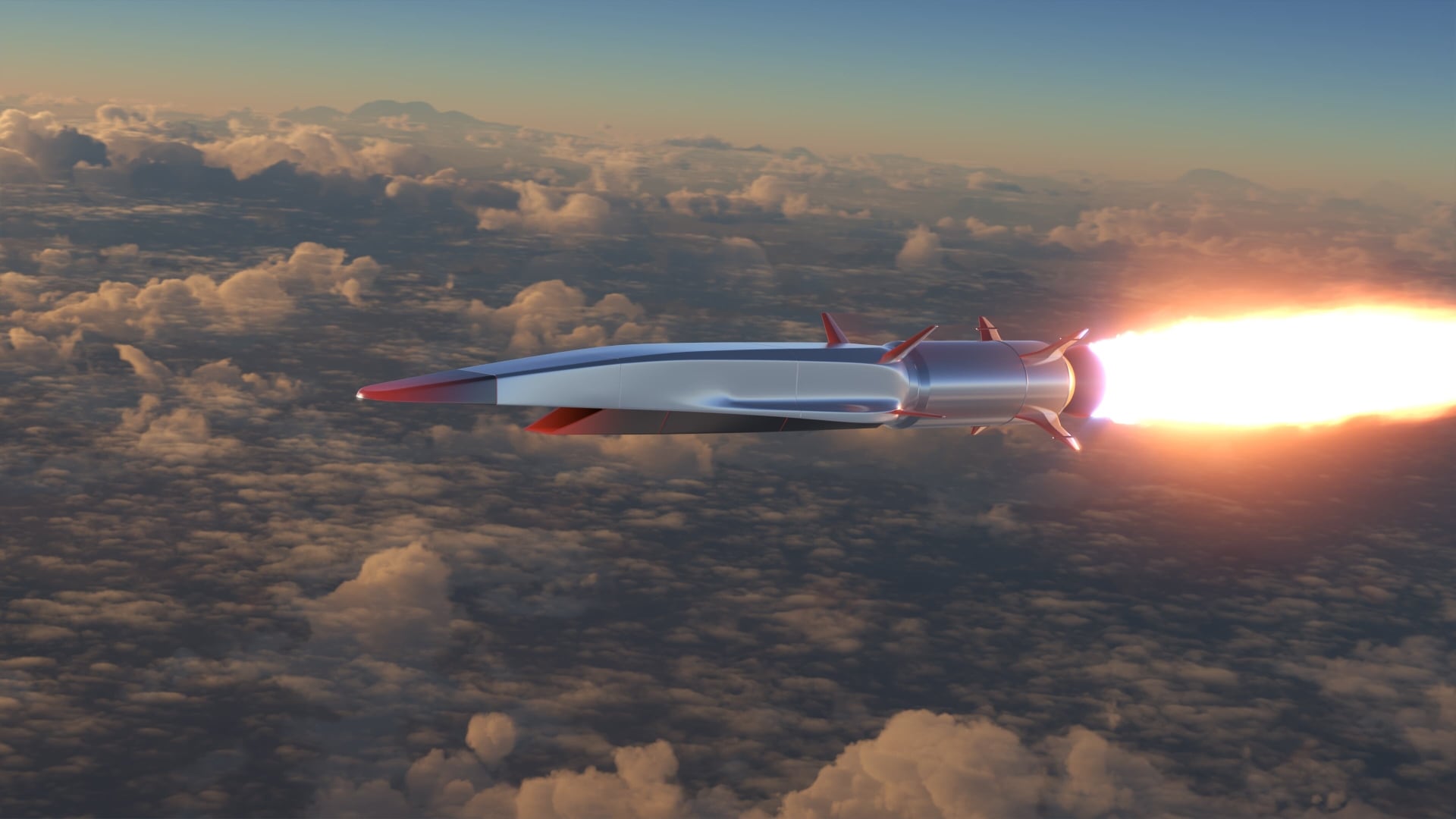WASHINGTON — GM Defense is working with the Defense Innovation Unit on two projects aimed at bringing electric power to the battlefield — and potentially paving the way for the U.S. Marine Corps to feel comfortable fielding an all-electric vehicle down the road.
The company, a subsidiary of General Motors, is leveraging battery technology investments from the commercial automobile sector and applying it to the defense space, Paul Beaker, GM Defense chief engineer and director of advanced product development, told Defense News.
GM Defense first won a contract with DIU in September for the Jumpstart for Advanced Battery Standardization program. JABS will test and analyze a handful of mature battery packs from industry, and create standards that can be used in future defense programs.
Noting that these battery packs could help turn any ground vehicle into a hybrid vehicle, Daphne Fuentevilla, the deputy director of the Navy’s operational energy office, said in a February DIU news release that “our strategy is to learn how large of a building block we can leverage, how to package the commercial technology into non-proprietary defense interfaces, and how to integrate batteries evolving at the speed of industry into defense platforms with static structures.”
GM Defense’s testing will begin late this year and run through 2025. Early testing will focus on a single Ultium battery, which runs GM’s electric cars and trucks. The testing will progress to include larger battery packs and, eventually, the company’s four-seat Infantry Squad Vehicle outfitted with a battery module that would power communications systems, counter-drone weapons and other energy-hungry tools in the field.
Last month, GM Defense won a second contract with DIU to take on expeditionary power.
The Marine Corps envisions sending out small groups of Marines to remote locations on beaches, islands and more without much infrastructure. These units would have to pack everything they need, including power.
Beaker said today’s remote command posts and expeditionary camps might receive power from a tactical microgrid that includes six diesel generators and a power distribution system. The generators each make 60 kilowatts of power, which is three times more than many whole-house generators make — but they’re either fully on or fully off, and so Marines could waste a lot of diesel fuel powering big generators during times they only need a small amount of power.
Instead, through DIU’s Stable Tactical Expeditionary Electric Power program, or STEEP, Beaker said the company wants to replace one or two of the generators with large battery packs that could store the extra electricity. In this way, users wouldn’t waste energy, and Marines could draw from that stored energy if they need to keep a low signature or power a small system that doesn’t necessarily require turning on a big generator.

Beaker said the addition of the Ultium batteries would reduce the overall fuel consumption and therefore the need for resupply, as well as reduce wear and tear on the generators and extend their lives.
“We’re finishing up our design on this, and we’ll build seven prototypes and deliver those for testing by DIU and the Marine Corps early 2025,” he said.
Though the battlefield electricity issue will become increasingly important as the Marines continue to embrace concepts like Expeditionary Advanced Base Operations, Beaker said the firm hopes the battery performance in JABS and STEEP will convince Marine Corps leaders to take the plunge on putting all-electric vehicles into the field.

“As our military talks about electrifying their fleet, we started down a journey to learn,” he said.
The company first created its All-Electric Military Concept Vehicle based on the commercial Hummer EV design, but it was clear the service wasn’t comfortable with it yet — particularly due to concerns about where in a battlefield the EV batteries could recharge.
Beaker said the company evolved its design, adding a 12-kilowatt diesel generator and a fuel tank to the vehicle so operators would essentially haul around their own recharging capability. That still wasn’t enough to ease concerns, he explained.
So GM Defense now has a family of Next Generation Light Tactical Wheeled Vehicle designs that hew more toward a traditional hybrid vehicle, creating a lot of energy from the diesel engine and storing some of that power for times when the vehicle needs to remain off to limit its heat and sound signature.
Beaker said GM Defense will offer one version of this platform for Canada’s light utility vehicle competition, and another version for the U.S. Army’s Electric Light Reconnaissance Vehicle program.
The company is also designing an autonomous version of this vehicle that could haul electronic warfare, short-range air defense, reconnaissance or logistics payloads into the battlefield.
Though the Marine Corps doesn’t have any upcoming competitions for a hybrid or all-electric vehicle, Beaker said the work with DIU could give the service the confidence in battery technology to pursue an EV.
He said it was a matter of “not if, but when” the Marines have to replace the Humvee. And GM Defense wants to have its Next Generation Light Tactical Wheeled Vehicle matured and ready to compete at that time.
Additionally, “in our conversations with Marine Corps leadership, there seems to be a recognition that there needs to be a platform between the [ultralight tactical vehicle] that can fit in an Osprey, and the [Joint Light Tactical Vehicle]. It seems like there’s a need for something in between, and we think that’s where either the [Infantry Squad Vehicle] and/or the next-gen tactical vehicle fit in,” Beaker said.
Megan Eckstein is the naval warfare reporter at Defense News. She has covered military news since 2009, with a focus on U.S. Navy and Marine Corps operations, acquisition programs and budgets. She has reported from four geographic fleets and is happiest when she’s filing stories from a ship. Megan is a University of Maryland alumna.








